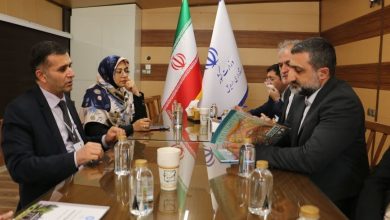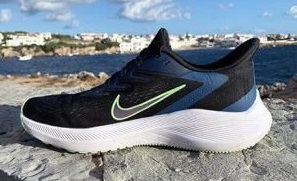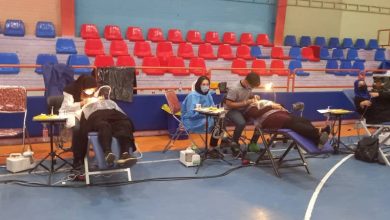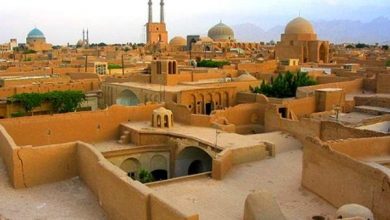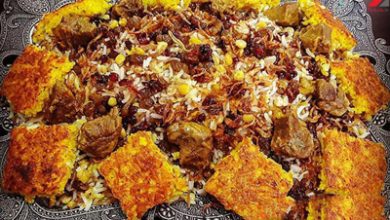The exhibition of tourism and cultural industries is like traveling around Iran for several hours. Shopping from the south and smelling the scents of the northern coasts of the country. It is filled with the scent of Iran and its relatives.
Isnables: From the western entrance to the gallery comes the sound of singing and percussion. As you approach, some men in Sistan-Baluchistan clothing, green faces perform a local dance. Next to the entrance to the seventh hall of the exhibition. The lanes on the side of the hall used to be a place to sell hand-woven carpets from different cities and provinces of the country. From Kohgiluya and Boyer Ahmad to North Khorasan. The design of handwoven rugs in each province is obviously different. If you’ve always been fascinated by details when examining artwork; With a little bit of care, you’ll notice the difference in colors and materials.
Various voices echoed in the hall. One gets the price and the other waits for the purchase receipt. As I walk toward each stall, the one in front of it will flash to continue on my way. Indeed, art is attractive. Especially if the art is made by Iranians. I passed the carpet booth, and reached the embroidery booth in Sistan and Baluchestan. The design of embroidery shawls and garments hanging from the kiosk attracts many visitors. jasuichis embroidered on the table. A mature man is standing next to me and wants me to help him choose a keychain for his daughter. He also buys the same color as I said.

I care about the hands of the girls selling the kiosk, carving henna patterns on them. Where are you from? They say ascetics. I lost the colors of their shawls for a few minutes. I had never seen Zahedan and Chabahar up close before. For this reason, I put together the photos and videos I have of Chabahar Beach like a puzzle and imagine myself walking around the cities of Sistan and Baluchestan with shawls embroidered in the kiosk. If reincarnation was real, I would most likely have been a girl from Sistan and Baluchestan in my previous life. I turn around the booth, a lady is sitting in the corner; In her hand is a cylinder filled with henna and she is applying a henna drawing on the hand of another girl. The Sistan and Baluchestan ward is quite similar to this same province. On every corner, someone is busy with an art. Although it does not feel hot, the salt of this region of the country remains intact and just as hot.
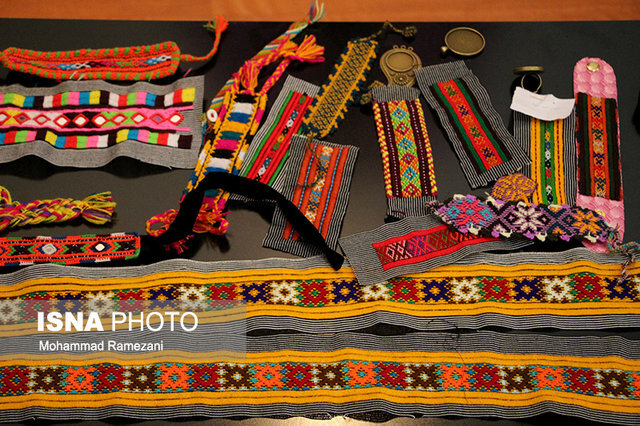
Behind me is the Isfahan wing. Full of blue enamelled utensils. It was as if someone had borrowed a piece of heaven and sprinkled it on the plates. The colors are bright, right? It’s life itself.
I go to the end of the hall. in the middle of another corridor in the hall; Another part is located in southern Iran. Hormozgan’s traditional clothes bearer directs me to another port on the map. Masks hanging from the booth ceiling and long women’s dresses, the bandarbasi accent and rhythm have me chatting with one of the booth’s dress designers.
His body is also of the same clothes. There is an Arabic coffee heart design on his outfit. Dele is the name of an Arabic coffee maker. I ask, is the local clothing market still standing in Bandari among the new generation? He says this period showed a positive side to his past. We are back to our old traditions and clothes.
I turn my head behind me, a booth with a slightly unknown clothing theme catches my eye. A lady buys a coat like a winter coat. I noticed that the owners of the stall, a husband and wife from Mazandaran, applied elements of Qizilabchi clothing to the clothes of the day. It had its own market and it could be said that its sales were not bad during the few minutes I was standing next to the stall.
I walk towards the entrance and exit of the hall. The Saebian paint booth is also one of the first. Sabeans or Mandaeans are followers of Jesus and live in Khuzestan. Most Saibans are famous for refining gold and silver, and in the same Khuzestan, Saiban gold and silver are among the best and most expensive gold and silver on the market. Their motto behind the booth owners also gave the title of their art: “Ahvaz; Mina Saibee National City.”
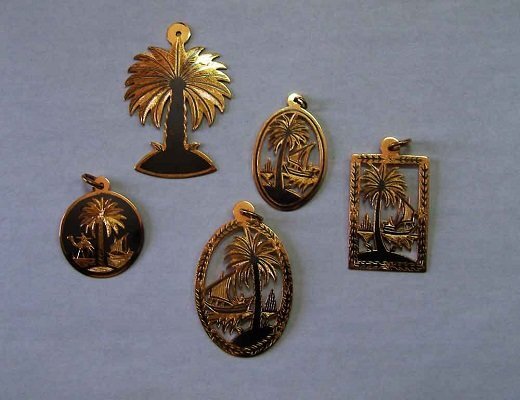
Next to this pavilion is Rafi, another city in Khuzestan, known as the National City of Carpet Weaving. It has a small booth to display its products.
I go to hall 44. There is more noise in this room. The sound seems to be coming from upstairs. I pull myself up and walk towards the sound. The source of the sound is the booth of the Public Heritage Administration in Hormozgan, and they are performing durhami and baykubi qadas in one of the cities of Qeshm Island. In a semicircle, men in the dacha sit next to each other and clap their hands. At the head of the group, someone plays the oud and another beats the bindari tabla. A lady comes in the middle and says into the microphone that Hanbandan Bandar ceremony is going to take place. Someone is standing in the corner as a groom. Arabic party dress, brown dasha, and attached lips, in an Omani style. Their passion for the port fills the entire hall. Everyone is standing to watch, one of them is filming and another is trying to clap with the rhythm and in his own way, Bandar Qeshmi. Next to the kiosk is Hajla Arous Bandari. It is arranged in cheerful colours. Many girls and boys are posing in this booth to take pictures.

in front of the public heritage management booth in Hormozgan; The attractive and delicious part of the Khuzestan Pavilion is located. As always in all Khuzestan festivals, Khuzestan stoves, chimneys and coffee are also available in a whole festival nationwide. Although less expensive than previous years, it still has the purity of Khuzestan.
Although it is cold and snowy today, visitors still come to visit the fair and buy from it. I leave the tourism and handicraft fair. I feel like I visited all of Iran in these two hours. I heard the smell of Rasht Paradise and Anzali Harbor. I stood by the sandy harbor of Delawar Beach, Bushehr. I bought mats from the central market in Abadan and also participated in a wonderful party on Qeshm Island. I drank tea in Yazdi clay cups and am now on my way to Chabahar with an enamel dish in Isfahan as a gift to a friend.
the end of the letter
